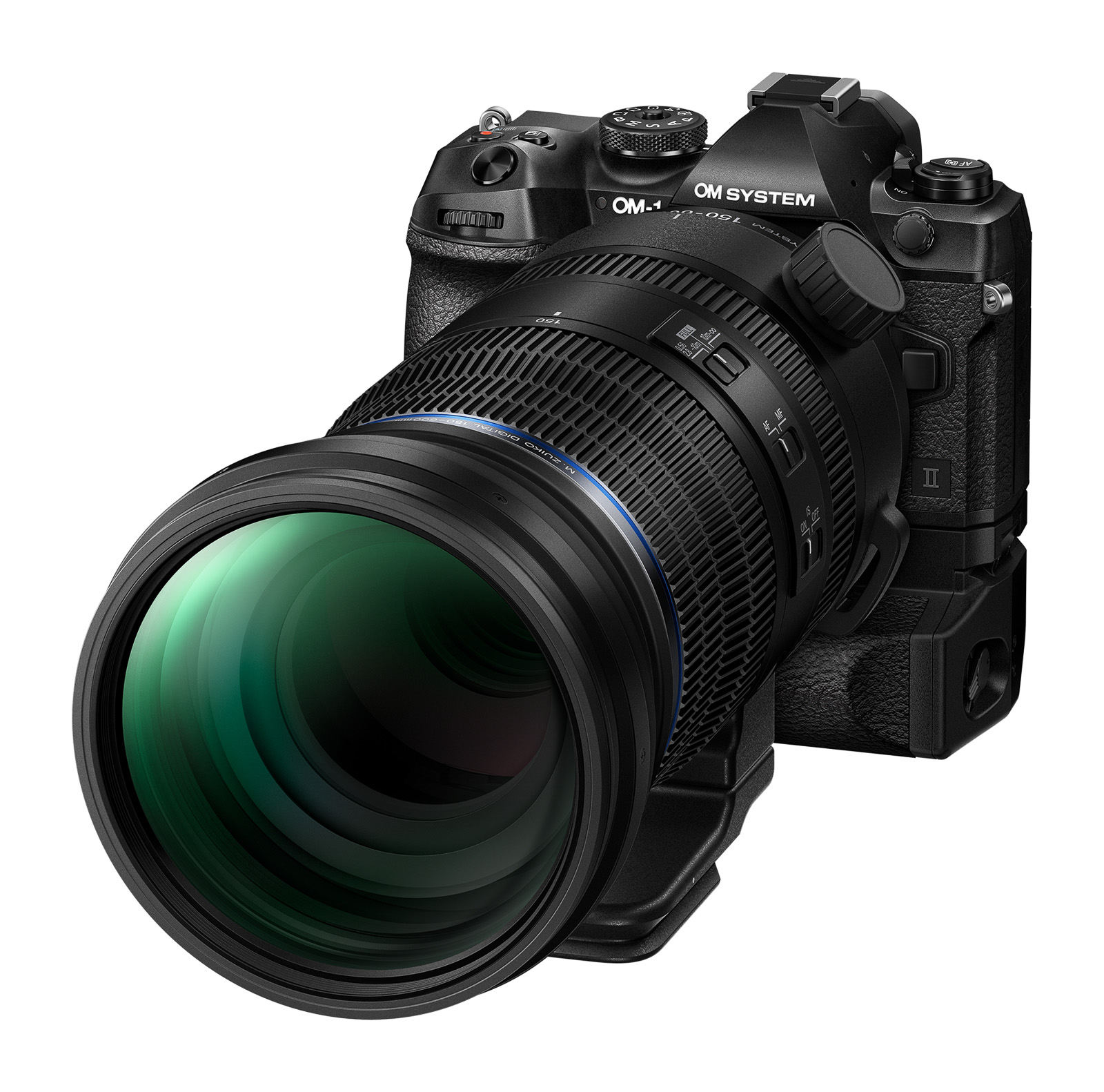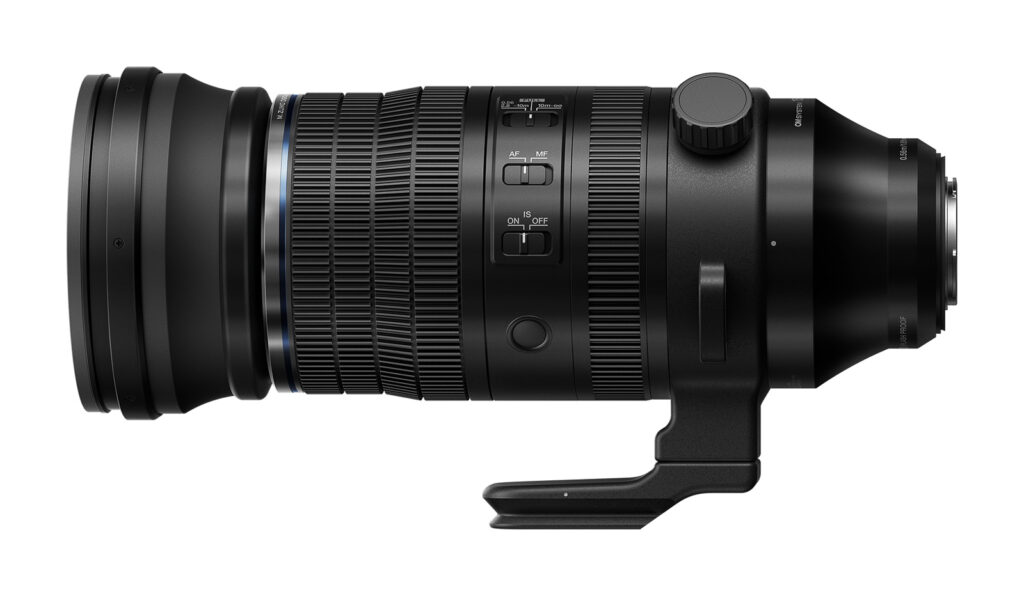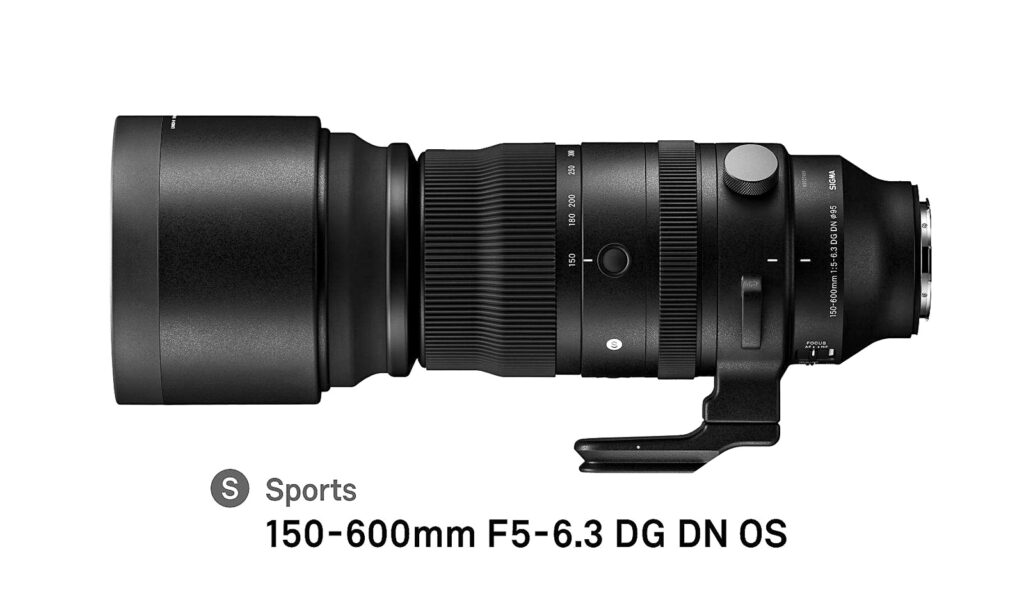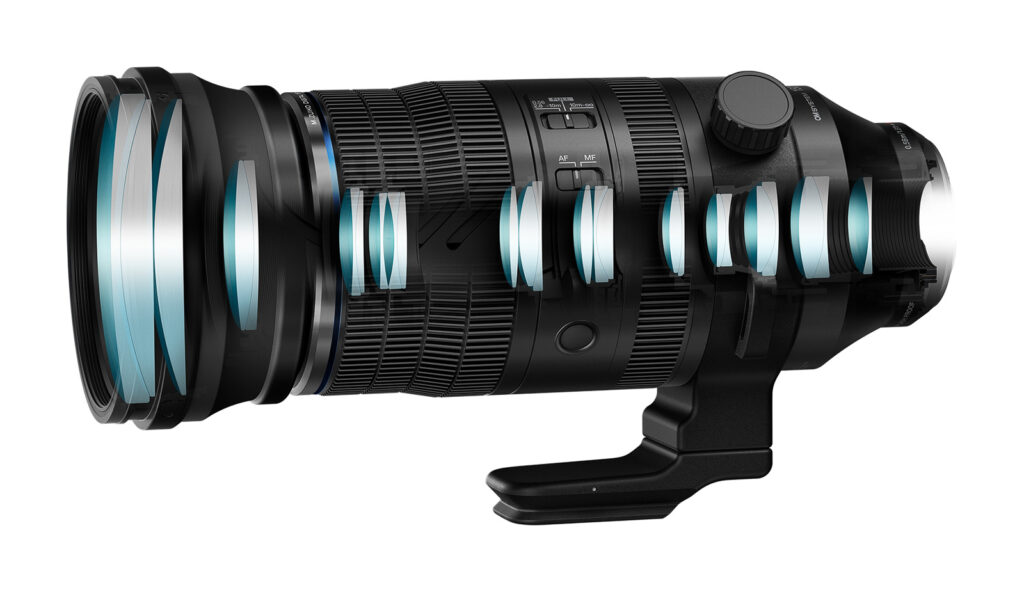
The same, but different
Contents
There has been a lot of speculation about the origins of the OM System m.Zuiko ED 150-600mm f/5-6.3.
Both Tamron and Sigma have made 150-600mm DSLR zooms for years. More recently, Sigma produced a 150-600mm f/5-6.3, its DG DN OS model, designed specifically for mirrorless cameras.


OM System won’t talk about their lens’ provenance, but you only have to look at the exterior appearance to see that it bears more than just a passing resemblance to the Sigma optic. It has very similar dimensions, weight, filter size, external controls, and the same number of lens elements designed into the same number of groups.
But there are some very important differences to consider. The Sigma was designed for full frame sensors. Some adjustment of the optics to optimise for the smaller Micro Four Thirds sensor is only to be expected.

OM Systems’s official specifications list 25 elements in 15 groups, with 4 Super ED lenses, 2 ED lenses, 6 HR lenses and one 1 HD lens. The Sigma is listed as having 25 elements in 15 groups, with 4 FLD and 2 SLD elements. This, of course, could simply be emphasis, on Sigma’s part, of its use of FLD and SLD low dispersion glass. These could, respectively, be Super ED and ED (extra low dispersion) in OM System parlance.
Technical reviews of the Sigma 150-600 sometimes indicate that sharpness towards the corners of the frame isn’t as good as at the centre. Because Micro Four Thirds is a ‘crop’ sensor, we must hope that if there is any corner softness, it lies outside the confines of a Micro Four Thirds frame.

Sigma says its lens features a “highly effective dust and splash resistant structure with special sealing at the mount connection, manual focus ring, zoom ring, and cover connection.” We can only guess, but OM System appear suggest a more determined approach to environmental sealing, and Sigma doesn’t give any industry standard rating for effectiveness, while OM System quote IPX1.
Most significantly of all, OM System decided to endow the 150-600 with full Sync IS, which makes the in body sensor image stabilisation (IBIS) work optimally, over 5 axes, in tandem with the optical image stabilisation built into the lens. Sync IS is featured in high-end m.Zuiko lenses, like the 300mm f/4 Pro and the 150-400mm f/4.5 Pro, but the 100-400mm f/5 does not.
The proof will be in the pudding, as they say. I’m told that the 150-600 is very sharp, right up to 600mm. Sigma’s 150-600 covers the same full frame field of view zoom range as OM System’s more affordable, compact and lightweight 75-300mm f/4.8-6.7 on Micro Four Thirds. A 150-600 on Micro Four Thirds is aimed at photographers who need exceptional long-distance reach. You can photograph birds in flight, hand held, with a 300mm, on Micro Four Thirds. Perhaps the 150-600 will be resting on its Arca-Swiss foot in a hide more often than not? And we haven’t even explored the possibilities of using the MC-14 and MC-20 converters.
Certainly, the inevitable reviews, especially in the field, will be highly interesting. Meanwhile, a little nugget for you – a Canon RF 1200mm f/8 ultra telephoto is twice as long as the 150-600, over 50% heavier, is 1.3 stops less bright and doesn’t even offer you the convenience of zooming out. It also costs nearly £20,000.
To see the latest discussions on today’s news, check out our famously informative and friendly discussion forum.
On the next page we have OM System’s specifications for the 150-600.